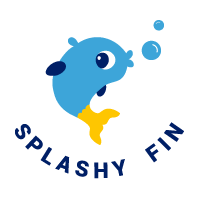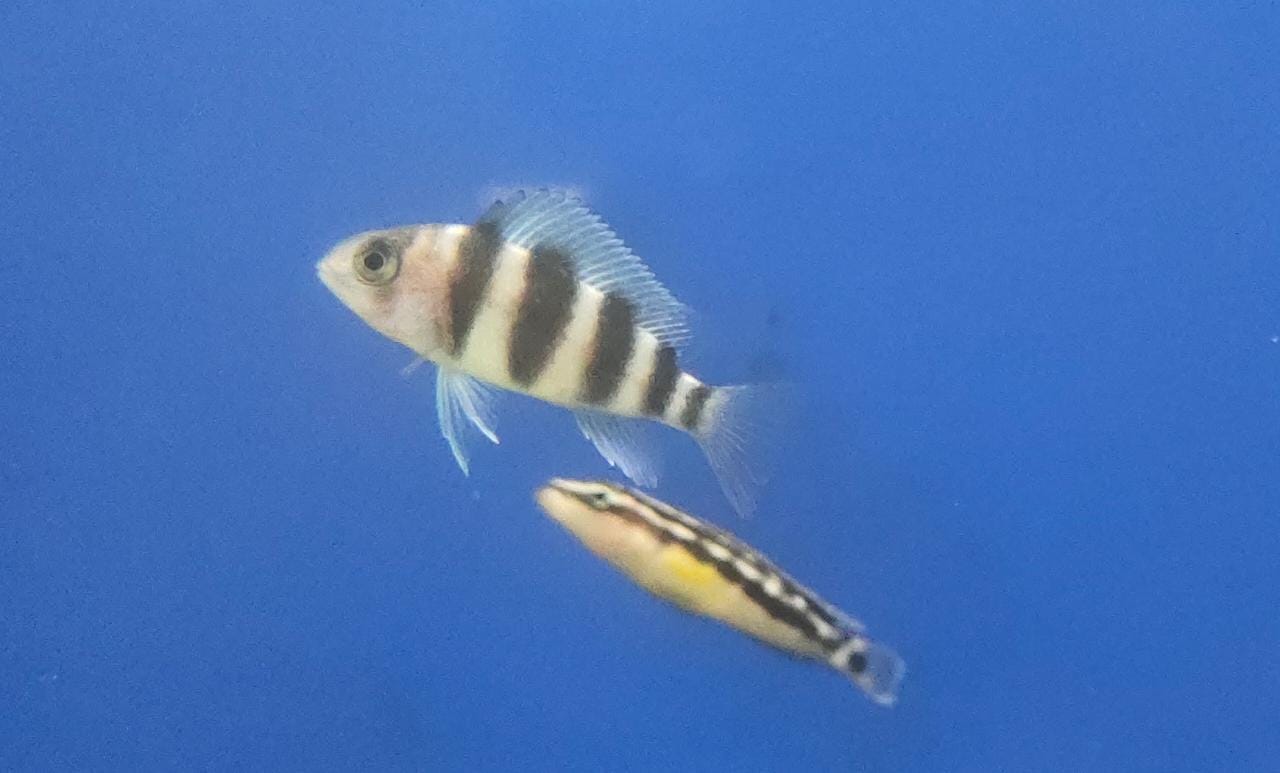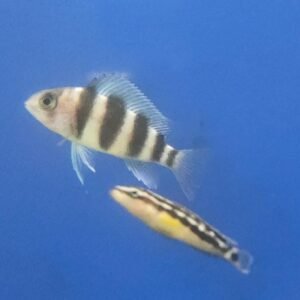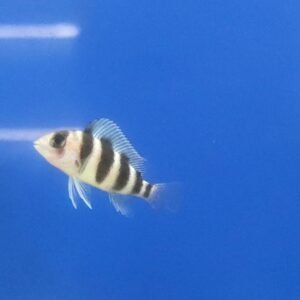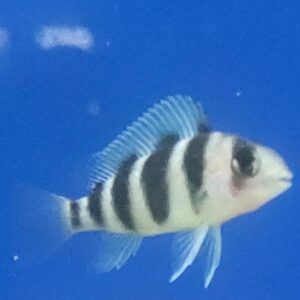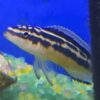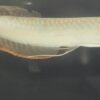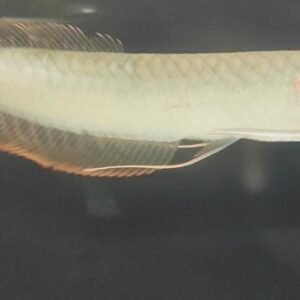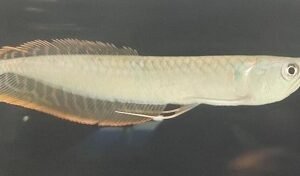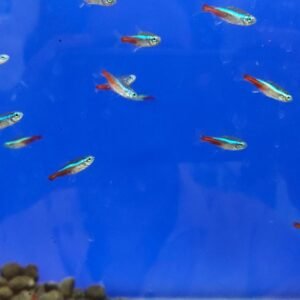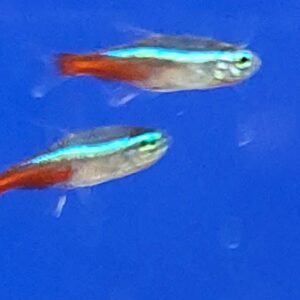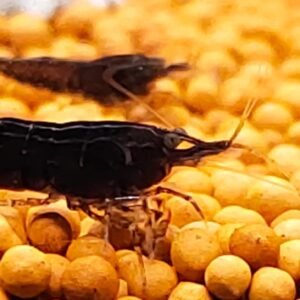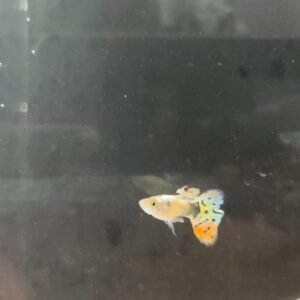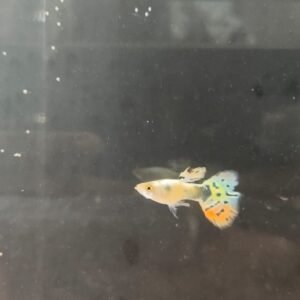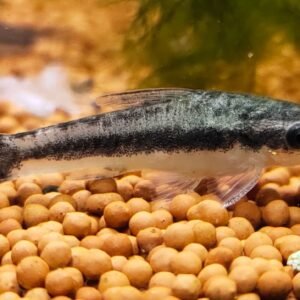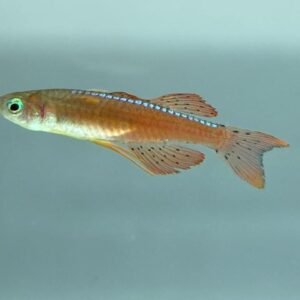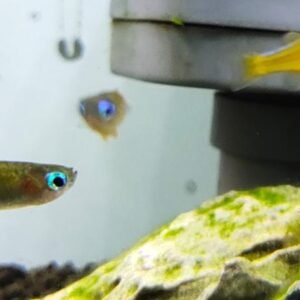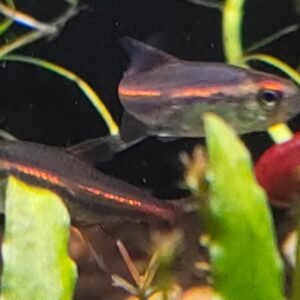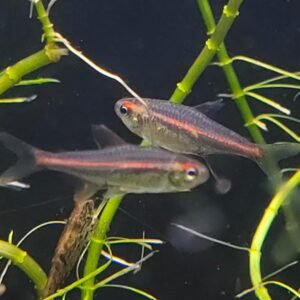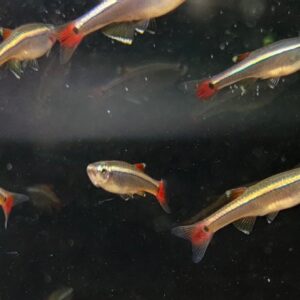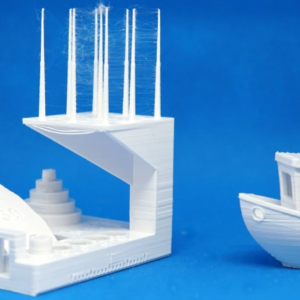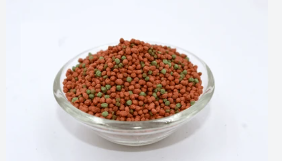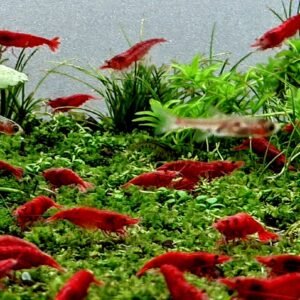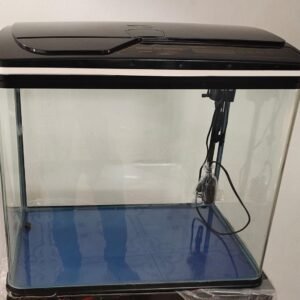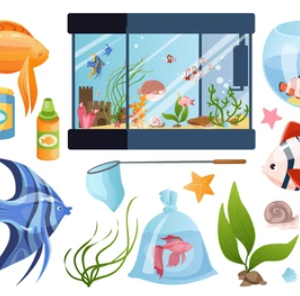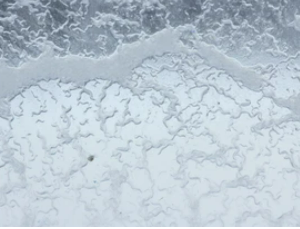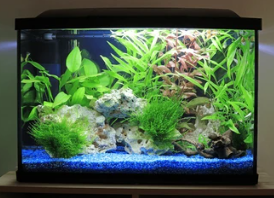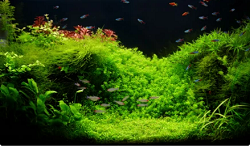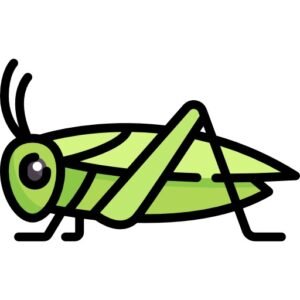Frontosa Burundi
The most colorful thing in the world is black and white.
Nothing will fill your heart with joy like a tank full of Frontosas. A truly majestic creature, thus making it an excellent choice for any aquarium. [Average size available 2 inches]
Frontosa Burundi Cichlid originates in Africa’s Lake Tanganyika, where the fish are widely dispersed.
Frontosa Burundi are present practically everywhere in Lake Tanganyika, but they always prefer a depth of water of between 10 and 50 meters. The frontosa tends to reside in large colonies along the lake’s sandy shores, in contrast to other cichlid fish, which prefer to live under covers and on rocks.
Frontosa Burundi Cichlid has an extended, flattened body that is high in the middle.
The Frontosa Burundi Cichlid can grow to a maximum size of 30 cm in a tank, while the females are much smaller, measuring only 25 cm.
Once the fish grows longer than 10 cm, the fish’s forehead begins to form a cranial hump. In comparison to the female, the male Frontosa Burundi Cichlid has a bigger hump. The forehead bump enlarges with age and also serves as a strength and age indicator for fish.
I. Size
- Average Adult Size: 10″ in females 12″ in males
- Maximum Adult Size: 33 cm (1.1 ft)
- Swimming Level: Likes to swim around and explore all areas of the aquarium.
I. You would love the fish because…
A beautiful specie that displays a wide variety of black bands, spots, squiggles, and stripes, with no two individuals displaying the same pattern.
It a highly prized in the fish-keeping community for its pronounced coloration and large size.
III. Is this fish species peaceful or hostile?
- Recommended: 1
- Male and Female ratio: 1 male to 6 females
- Overall hostility: Peaceful
- Hostility towards own species: Peaceful
- Hostility towards other Species: Hostile
IV. Species compatibility
Compatible with some other rift valley lake cichlids and other large peaceful fish.
- Blue Dolphin Cichlid
- Jack Dempsey
- Peacock Cichlids
- Starry Night Cichlid
- Black Calvus Cichlid
- Electric Yellow Cichlid
- Cuckoo Catfish
- Red Irian Rainbowfish
- Common Plecostomus
- Mbu Puffer Fish
V.. How to feed this species?
Frontosa Burundi are carnivorus. In general, the Frontosa Cichlid will consume any type of live food.
it is a slow feeder in the aquarium and will consume pellets as well as a range of meaty items such as feeder fish, worms, and crustaceans such as mysis, shrimp, and krill. Frozen foods, such as brine shrimp, are also considered a good source of protein.
It is recommended that you should not feed live feeder fish owing to the possibility of infections and pathogens being passed on to your fish. Vitamins and additives given to fish meals help all species. Feed 2 to 5 smaller quantities of meals every day.
Recommended Food
- Hikari Cichlid Biogold Plus
- Hikari Sinking Cichlid Excel Pellet Fish Food for All Life Stages
Word for the wise
| Weight | 1 kg |
|---|---|
| Dimensions | 15 × 20 × 30 cm |
| Family | Cichlidae |
| Scientific Name | Cyphotilapia frontosa |
| Common name | Frontosa Burundi |
| Tank size | 75 gallons |
| Special Diet | Pellets as well as a variety of meaty foods such as feeder fish, worms and crustaceans; ie. mysis, shrimp, and krill. |
| Native To | Lake Tanganyika, East Africa |
| Care Level | Intermediate level |
| Fish Max Length | 12-14 inches |
| Max water Temp: | 80 ° F |
| Minwater Temp | 74 ° F |
| pH Max | 9.0 |
| Sizes | 4 cm, 5" |
Related products
Monster Fish
Live Aquarium Fish
Live Aquarium Fish
Live Aquarium Fish
Planted Tank Fish
Live Aquarium Fish
Live Aquarium Fish
Live Aquarium Fish
